Last Updated on October 23, 2025 by teamobn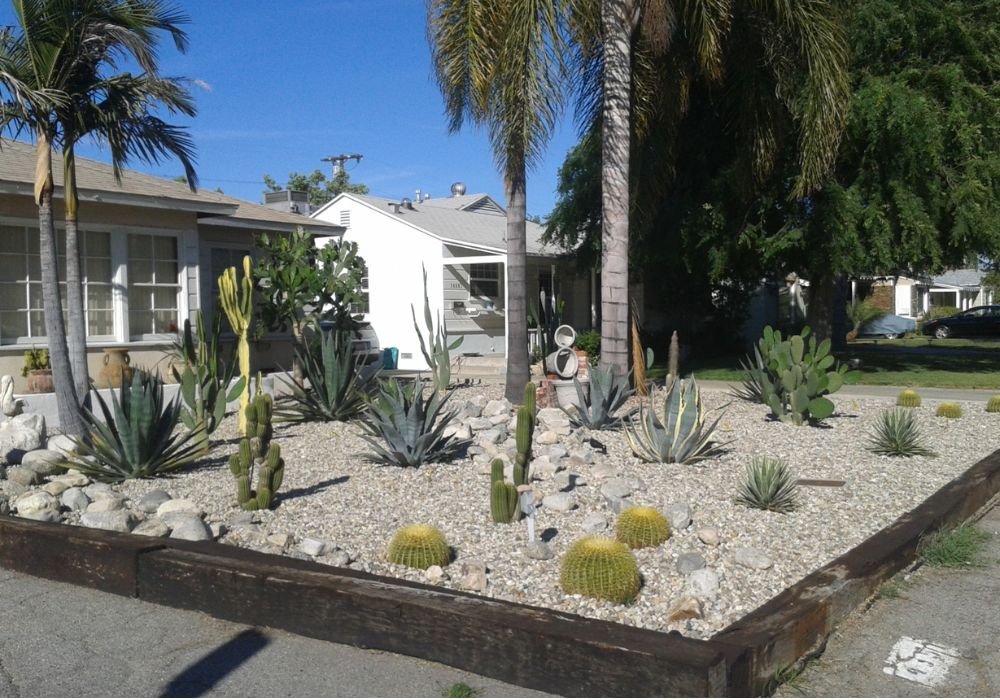
More than simply making a stunning entryway to your house, front yard landscaping involves planning a useful and sustainable area. Homeowners now give eco-friendly gardening first priority because of growing worries about water conservation and growing utility bills. Water use can be cut and costs can be saved by selecting plants that require little watering and by using effective irrigation methods.
The ten creative eco-friendly front yard landscaping ideas below will improve the curb appeal of your house and help to create a healthier environment.
Creative Front Yard Landscaping Ideas
Drought-Tolerant Plants
Selecting the proper plants is essential to a front yard that uses little water. Because they are naturally adapted to flourish in low-water environments, drought-tolerant plants are ideal for places that experience dry spells or for homeowners who want to use less water overall.
Including these robust plants in your front yard landscaping can produce a colorful, long-lasting garden with little upkeep. For practical, step-by-step guidance on soil prep, plant choices and low-water care, see how to create a drought-tolerant landscape.
Benefits of Drought-Tolerant Plants
- Water Efficiency: When compared to standard garden plants, drought-tolerant plants need far less water. Both the demand for local water supplies and water costs may be significantly reduced as a result.
- Low Maintenance: Because these plants have evolved to flourish in difficult environments, they require less care overall. Less time spent weeding, watering, and caring for your garden results from this.
- Durable: Plants that are drought-tolerant are robust and resistant, able to survive in harsh environments with little maintenance. For time-pressed homeowners or beginners in gardening, this makes them perfect.
Your front yard landscaping may be made stunning, ecological, and water-efficient by including drought-tolerant plants. These plants save you water and cut down on upkeep, so you may enjoy a rich, healthy landscape with little work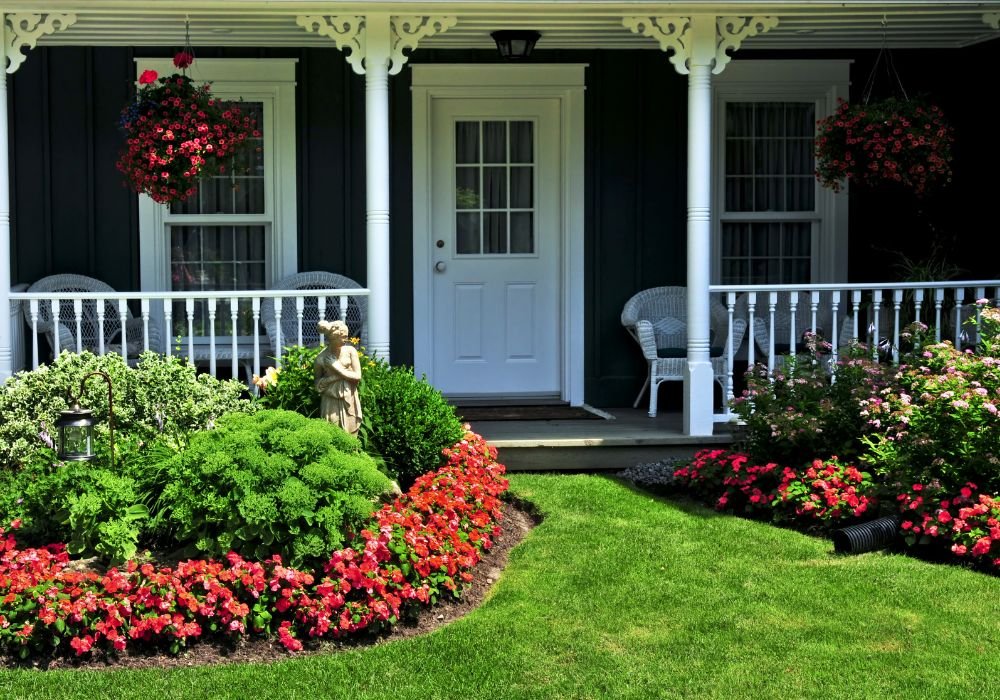
Selections of Native Plants
It makes sense to include native plants in your front yard landscaping for reasons of sustainability and aesthetics. Native plants are ones that have developed organically in a certain area and are highly suited to the soil and environment there. Ideal for environmentally friendly landscapes, they need less water, fertilizer, and insect control. Using native flora helps local animals as well by offering vital habitats to bees, birds, and other pollinators.
A couple of excellent native plant choices for front yards are the tough Black-Eyed Susan (Rudbeckia), which has long-lasting golden blossoms adds vivid color, and attracts butterflies. A tall, elegant grass that needs little maintenance and sways wonderfully in the wind is the switchgrass (Panicum virgatum). Along with making your front yard look better, these plants help to maintain a balanced and healthy ecology.
Think about the particular soil and climate of your area while selecting native plants. For advice, look into native plant groups or gardening resources in your area. In this manner, you may design a naturally flourishing, low-maintenance landscape that saves water.
Irrigation Systems Efficiency
A foundation of environmentally friendly front yard landscaping is water-efficient irrigation systems. By getting water right to the plant’s roots, these systems—like soaker hoses and drip irrigation—minimize waste and encourage robust development. With effective irrigation, every drop matters, unlike conventional sprinklers that might lose water to runoff and evaporation. By maximizing water usage, these solutions save you money and protect priceless resources.
Gardens with a variety of plant requirements benefit especially from drip watering. Both plants that are moisture-sensitive and drought-tolerant benefit greatly from their exact control over watering. Garden beds and bigger spaces work well with soaker hoses, which slowly discharge water throughout their length. Further increasing water savings, these systems can be linked to smart controllers that modify watering schedules according to weather conditions.
Long-term benefits and easy installation make these systems worthwhile. To begin, draw up a garden map and decide where to put your irrigation lines. To maintain the system operating effectively, routinely look for leaks and obstructions. Putting in water-efficient irrigation guarantees that your front yard remains lush and green while being environmentally friendly.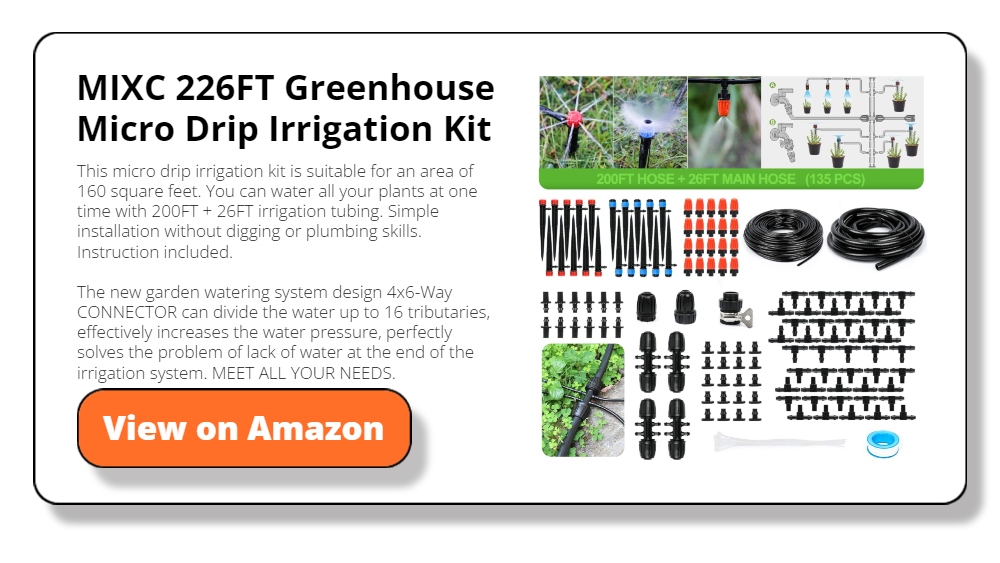
Harvesting Rainwater
Reducing your water expenses dramatically and promoting environmentally friendly front yard gardening are two benefits of rainwater gathering. You give your garden an unlimited supply of free water by collecting and storing rainwater. Particularly helpful during dry seasons when there could be water limitations, is this technique. Making the most of natural rainfall for your front yard landscaping needs can be accomplished by installing a rain barrel or a more sophisticated rainwater collecting system.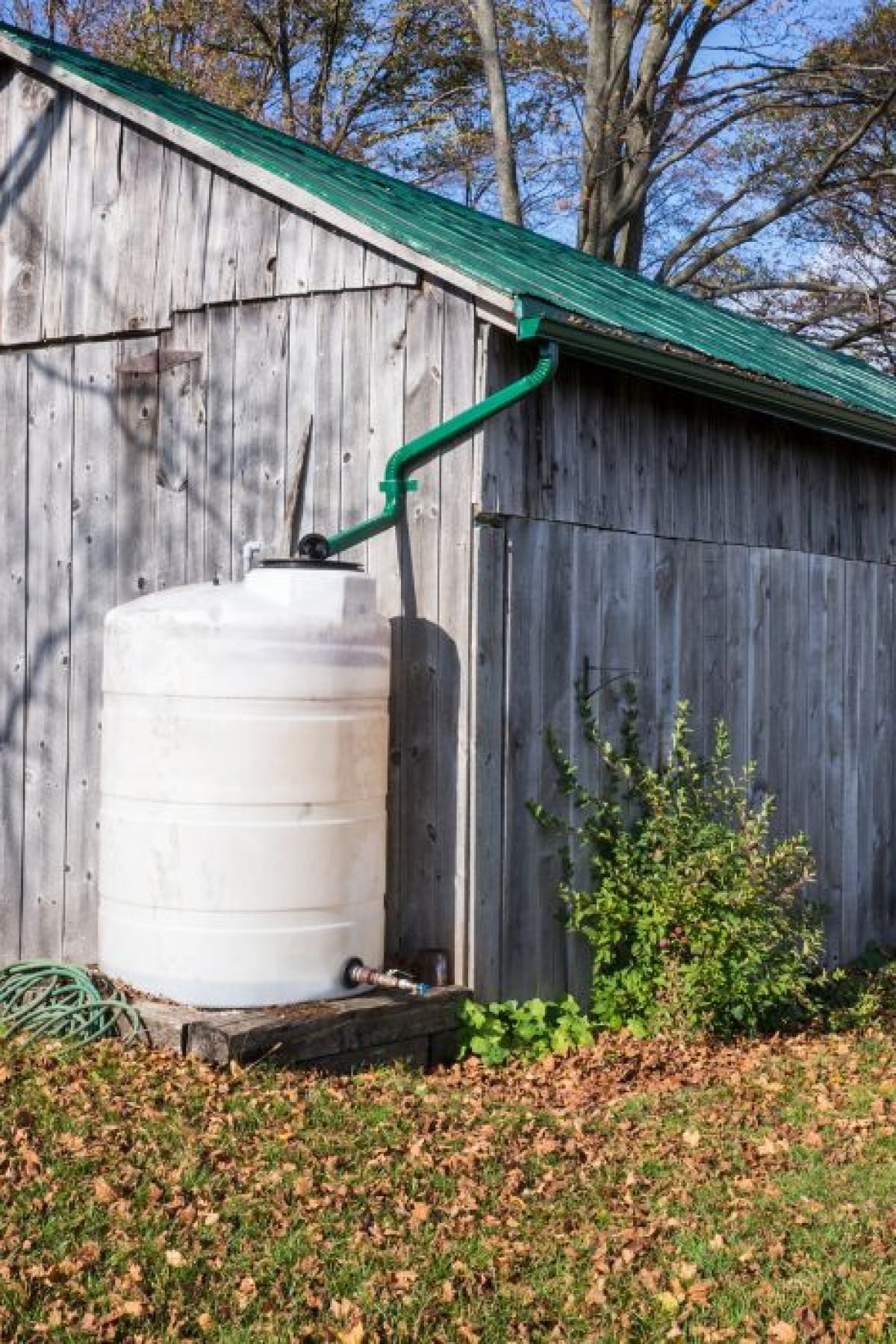
Lay a collection system beneath your gutter downspouts to begin collecting rainwater. While more complex systems can interface with your irrigation system to automate watering, simpler rain barrels can be utilized to collect water for hand-watering plants. Because rainwater is chemical-free unlike tap water, it is not only more economical but also better for plants. This technique encourages planting a front yard in a more environmentally friendly and independent way.
Proper operation of your rainwater collecting system depends on routine maintenance. Get your barrels and gutters cleaned to stop algae and blockages. By including rainwater collection in your front yard landscaping, you support water conservation initiatives and build a more robust garden ecosystem.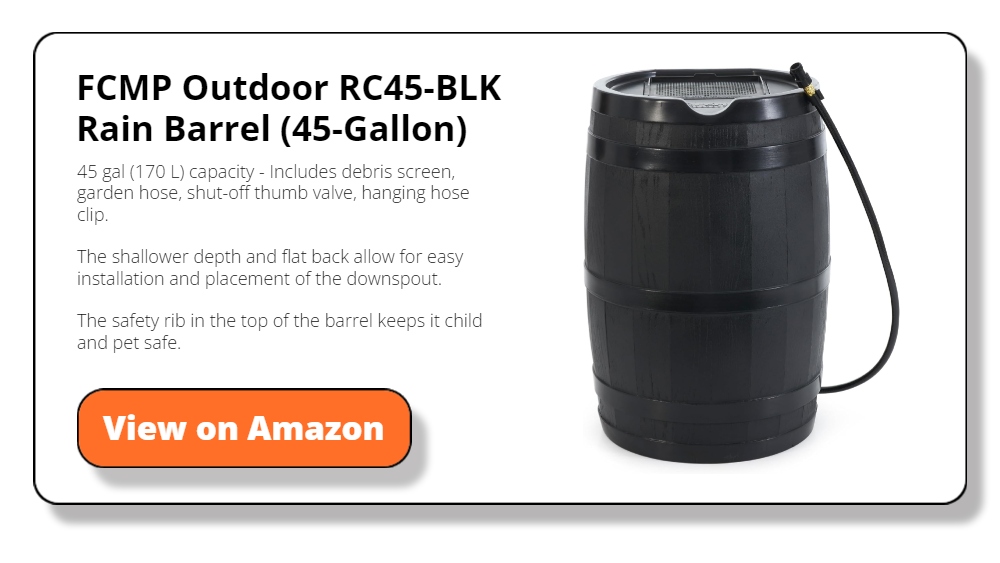
Porous Paving
Offering a way for rainwater to seep through the surface and into the ground, permeable paving is a great option for environmentally friendly front yard landscaping. Permeable pavements lessen erosion, and runoff, and assist restock groundwater supplies more than conventional paving materials. Perfect for patios, pathways, and roads, these pavers combine practicality with environmental advantages in your front yard landscaping.
For permeable pavement, common materials include gravel, interlocking pavers, and porous concrete. Along with helping to drain water, they are available in a range of designs and hues to improve the appearance of your front yard. Using permeable paving in your front yard landscaping design can help you to build useful and environmentally friendly hardscape sections and walkways.
In order to guarantee efficient drainage, permeable pavement installation calls for careful planning. Excavate the space first, then support the pavers with a base layer of crushed stone or gravel. Water can readily pass through the surface with this configuration. When you design your front yard with permeable pavers, you help to encourage sustainable water management and lessen your environmental effects.
Mulching to Hold in Moisture
In front yard landscaping, mulching is an easy-to-learn but effective method of water conservation. By slowing down evaporation, a covering of mulch keeps the soil moist longer, which benefits your plants. It also reduces weed development, which vy for nutrients and water, which increases the productivity and ease of upkeep of your garden. Enhancing plant health and conserving water is possible by using mulch in your front yard landscaping.
Mulch comes in many forms; there are inorganic materials like gravel and stones and organic ones like wood chips, bark, and compost. As they break down, organic mulches enhance soil structure and supply important nutrients. By contrast, inorganic mulches offer continuous coverage without requiring regular renewal. Choose the kind of mulch that best fits your wants for front yard landscaping and your taste in design.
Spread a 2-4 inch layer of mulch around your plants, being careful not to contact the stems or trunks to avoid rot. For the benefits to continue, replenish the mulch every year or as needed. A healthier, more robust garden that saves water and promotes strong plant growth can be achieved by including mulching into your front yard gardening regimen.
Xeriscaping Techniques
Xeriscaping is a landscaping method designed specifically for areas prone to drought, and it is perfect for creating a water-efficient front yard. This technique focuses on using low-water plants, minimizing lawn areas, and optimizing irrigation to reduce water use dramatically. Implementing xeriscaping in your front yard landscaping not only conserves water but also simplifies garden maintenance and enhances the natural beauty of your space.
To start xeriscaping, select plants that thrive in dry conditions, such as succulents, ornamental grasses, and native perennials. These plants are well-suited to xeriscaping because they require minimal watering once established. Additionally, design your front yard landscaping with groupings of plants that have similar water needs, which further improves water efficiency and makes irrigation more straightforward.
Incorporate elements like mulch and rocks to help retain soil moisture and reduce the need for watering. Mulch also prevents weed growth, which can compete for the limited water available. By adopting xeriscaping techniques in your front yard landscaping, you create a sustainable and visually appealing garden that requires less water and care, aligning with eco-friendly principles.
Using Ground Covers
Ground covers are an excellent addition to any front yard landscaping plan, offering both aesthetic and functional benefits. These low-growing plants spread quickly to cover bare soil, helping to retain moisture and suppress weeds. Incorporating ground covers into your front yard landscaping can reduce the need for frequent watering and decrease the time spent on garden maintenance.
There are many attractive and drought-tolerant ground cover options to choose from. For sunny areas, consider using creeping thyme or sedum, which provide lush green carpets and beautiful blooms. In shaded spots, plants like hostas or pachysandra thrive, adding texture and color to your garden. These plants are not only low-maintenance but also contribute to a cohesive and well-kept look in your front yard landscaping.
When planting ground covers, space them out to allow room for growth, and use mulch around the young plants to help them establish quickly. Ground covers can also stabilize soil on slopes and prevent erosion, making them a practical choice for uneven terrain. By integrating ground covers into your front yard landscaping, you create a lush, low-water garden that remains vibrant throughout the year.
Incorporating Hardscapes
Incorporating hardscapes into your front yard landscaping is a practical way to reduce water usage while adding structure and aesthetic appeal. Hardscapes include non-plant elements such as patios, walkways, and retaining walls, which require no watering and provide long-lasting beauty. These features can complement your front yard landscaping by creating functional spaces and reducing the overall water needs of your garden.
Using materials like stone, gravel, and pavers, you can design attractive and durable hardscape areas. Consider replacing traditional lawns or high-water-use plants with a combination of hardscapes and drought-tolerant plantings. For example, a gravel path lined with succulents or a stone patio surrounded by native grasses can create a stunning and water-wise front yard.
When planning hardscapes, think about how these elements will integrate with your existing front yard landscaping. Ensure proper drainage to avoid water pooling, and use permeable materials where possible to allow rainwater to filter through. By incorporating hardscapes into your front yard landscaping, you achieve a balance between beauty and sustainability, reducing water consumption and enhancing your home’s curb appeal.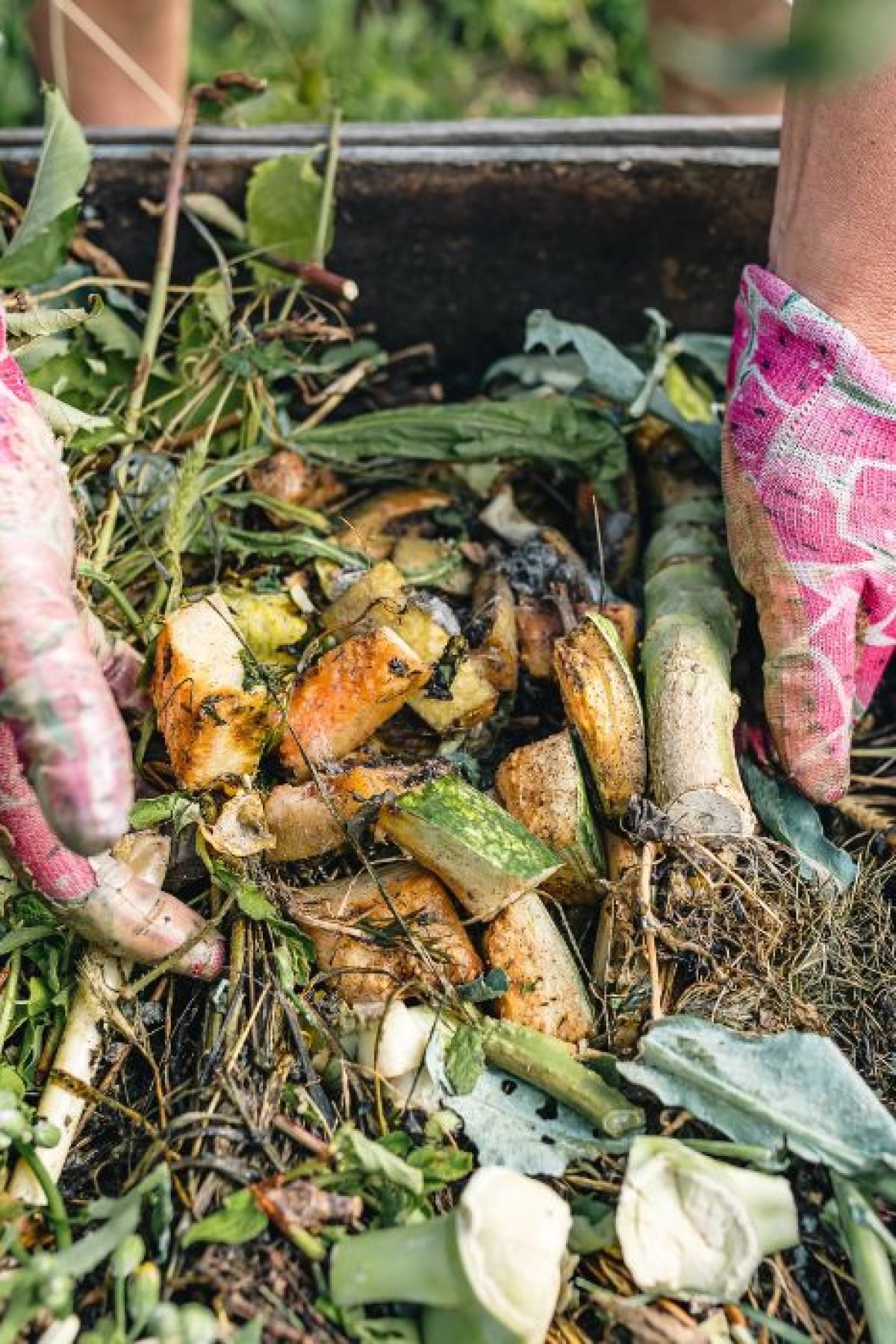
Composting and Soil Health
Composting is an essential practice for maintaining healthy soil and reducing waste in front yard landscaping. By converting kitchen scraps and yard waste into nutrient-rich compost, you enhance the soil’s fertility and structure, promoting vigorous plant growth. Incorporating compost into your front yard not only enriches the soil but also improves its ability to retain moisture, reducing the need for frequent watering.
To start composting, set up a compost bin or pile in a convenient, well-drained area of your yard. Combine green materials (like vegetable scraps and grass clippings) with brown materials (such as leaves and small branches) to create a balanced mix. Regularly turning the pile helps speed up decomposition and produces compost more quickly. Once ready, apply the compost to your front yard landscaping by spreading it around plants and mixing it into the soil.
Using compost in your front yard landscaping offers several benefits beyond soil enrichment. It helps suppress plant diseases and pests, reduces the need for chemical fertilizers, and supports a healthy ecosystem. By committing to composting, you create a self-sustaining cycle that continuously improves the health and vitality of your garden.
Conclusion
Sustainable and aesthetically pleasing front yard landscaping ideas can make your garden a lovely place to be. Reducing water usage and maintenance efforts can be achieved by including drought-tolerant vegetation, native plants, and effective irrigation systems. These actions promote a healthier atmosphere in addition to improving the curb appeal of your house.
FAQ: Eco-Friendly Front Yard Landscaping
1. What are the benefits of using native plants in front yard landscaping?
- Native plants are well-adapted to local climate and soil conditions, requiring less water and maintenance. They also support local wildlife, providing habitats for birds, insects, and other pollinators, which helps maintain a balanced ecosystem.
2. How does rainwater harvesting contribute to eco-friendly landscaping?
- Rainwater harvesting captures and stores rainwater, providing a free and sustainable water source for your garden. It reduces reliance on municipal water, lowers water bills, and is beneficial during droughts or water restrictions.
3. What is xeriscaping, and how can it save water in my front yard?
- Xeriscaping is a landscaping method that uses drought-tolerant plants and water-efficient practices to minimize water use. By selecting plants that thrive in dry conditions and grouping them based on their water needs, xeriscaping reduces the need for frequent watering.
4. Why should I consider using ground covers in my front yard landscaping?
- Ground covers help retain soil moisture, suppress weeds, and stabilize soil on slopes. They reduce the need for watering and maintenance, making them an excellent choice for creating a lush, low-maintenance garden.
5. What are the advantages of incorporating hardscapes into my front yard?
- Hardscapes, such as patios, walkways, and retaining walls, provide functional outdoor spaces that require no watering. They reduce overall water use and add aesthetic appeal to your front yard landscaping, creating a balanced and sustainable garden.
6. How does composting improve soil health in front yard landscaping?
- Composting enriches soil with essential nutrients and improves its structure, enhancing water retention and promoting robust plant growth. It reduces the need for chemical fertilizers and supports a thriving, healthy garden ecosystem.
7. Can mulch really help conserve water in my garden?
- Yes, mulch helps retain soil moisture by reducing evaporation and suppressing weeds that compete for water. Applying a layer of mulch around your plants reduces the frequency of watering needed and keeps your garden soil healthy and cool.






